SAGES COTTAGE
85 SAGES ROAD BAXTER, MORNINGTON PENINSULA SHIRE
-
Add to tour
You must log in to do that.
-
Share
-
Shortlist place
You must log in to do that.
- Download report
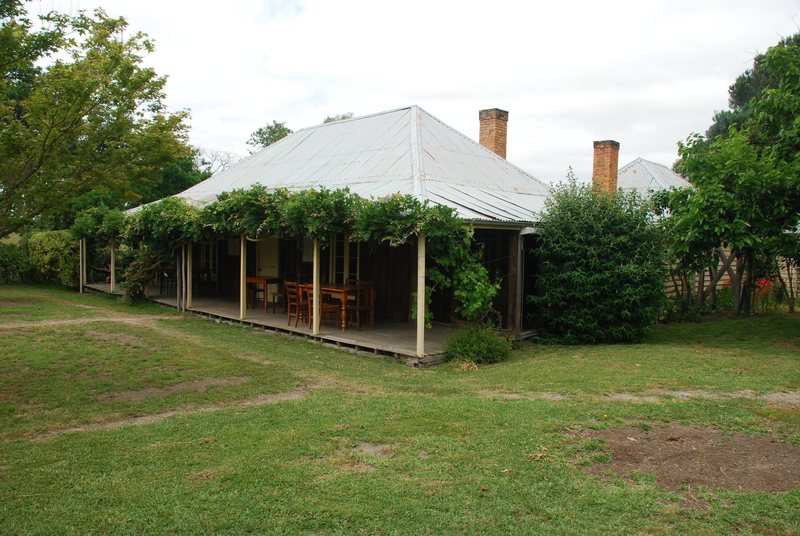

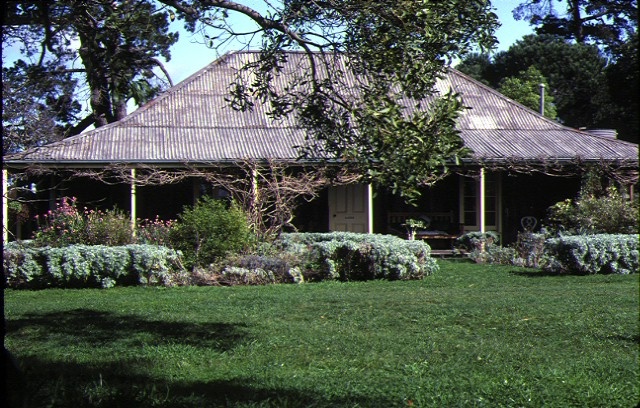
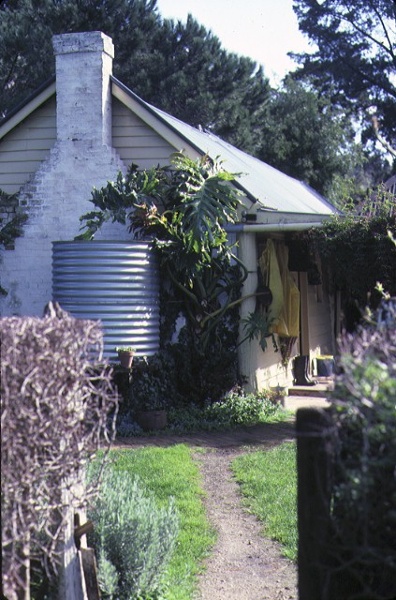
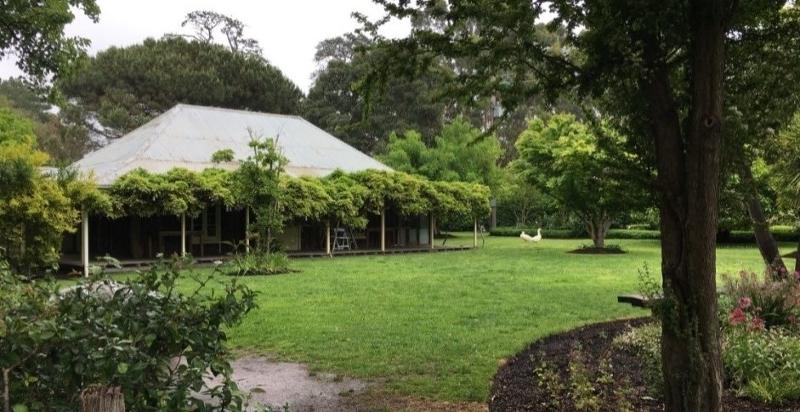
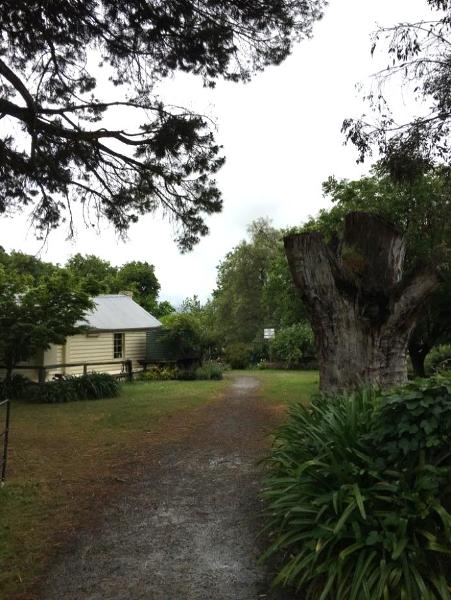
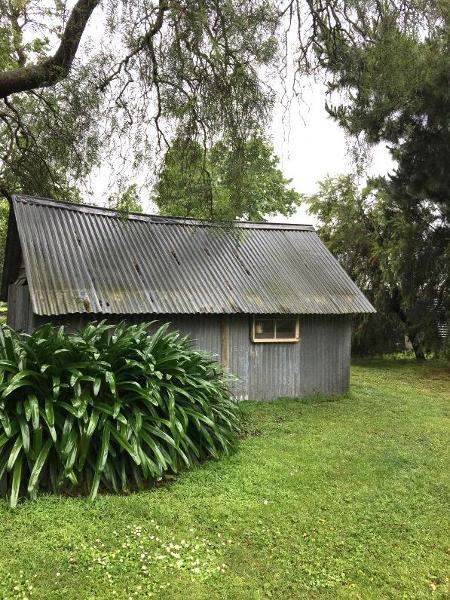
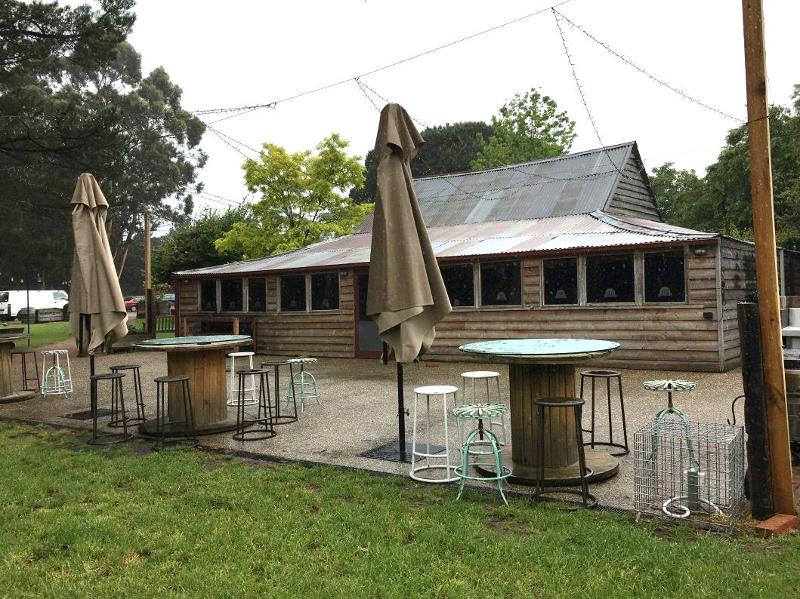
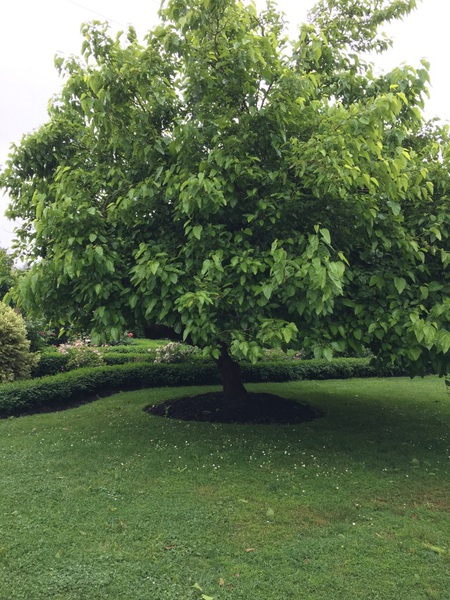
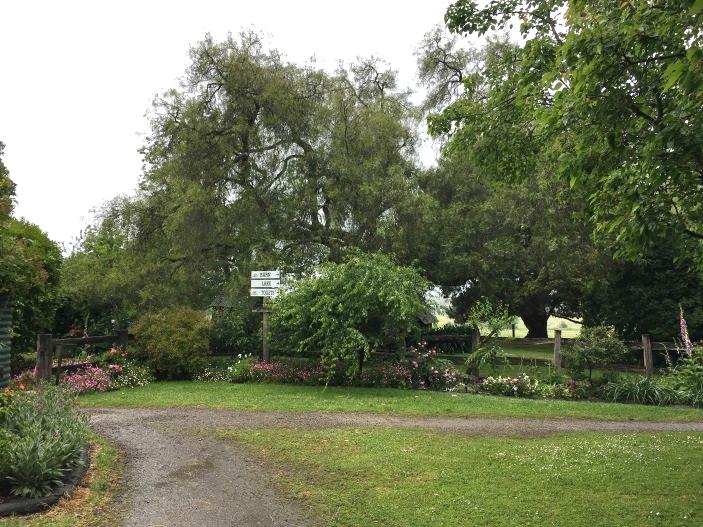
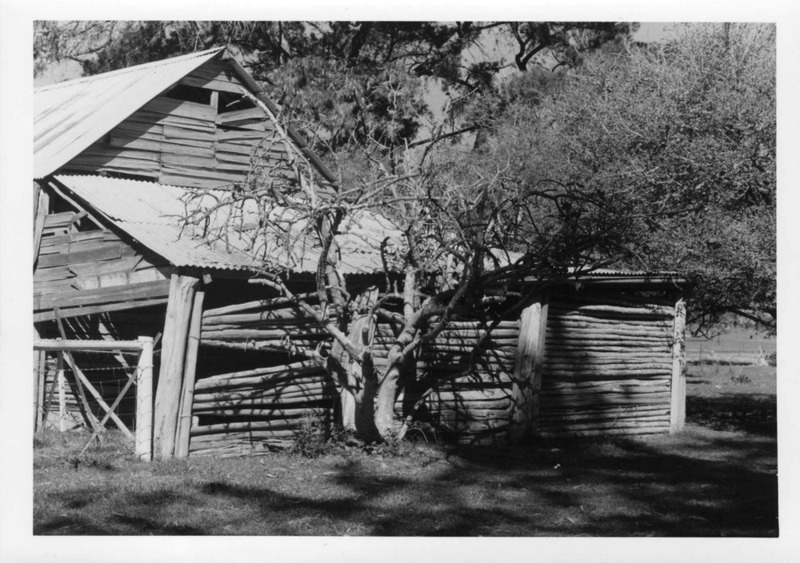

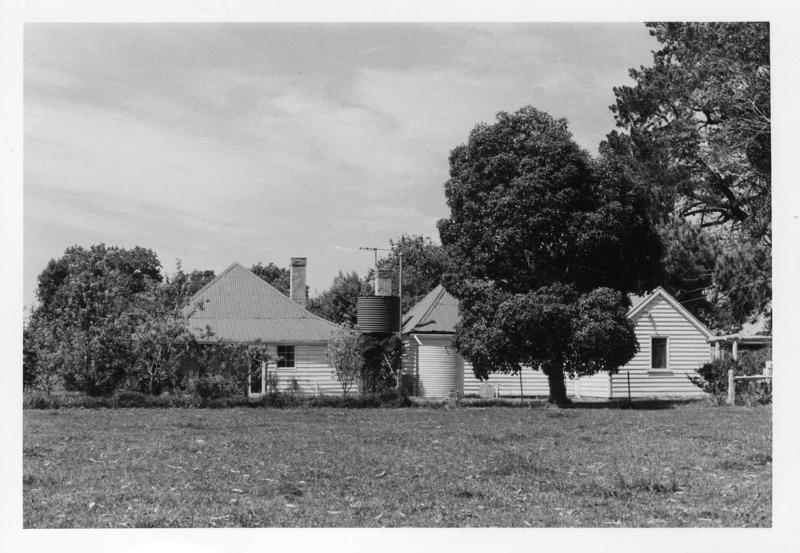
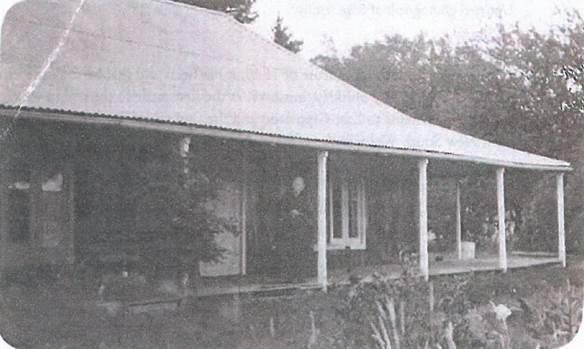

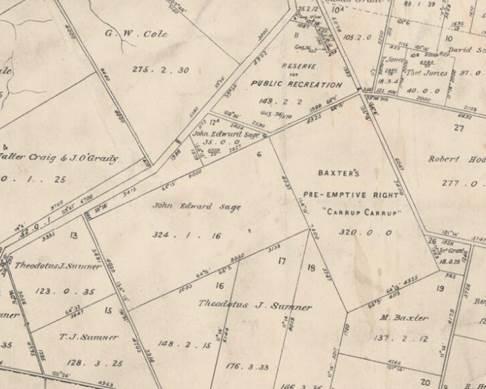




Statement of Significance
-
-
SAGES COTTAGE - History
Construction of Sages Cottage, Baxter began in the 1870s for John Edward Sage on land he leased as a Crown land selection in 1871. It developed into a homestead complex and the property was retained by the Sage family for about one hundred years.
John Sage was first connected with the Mornington Peninsula district in the 1850s. One of the first European settlers in the district, Benjamin Baxter, had settled in the area in c1842 on his pastoral run, Carrup Carrup. John Sage married Baxter's daughter in 1852, acquired a portion of Baxter's land in 1856, and managed both this property, Eurutta, and Baxter's property. Sage leased two adjoining properties to the north in 1871 and 1877, and built his homestead, now known as Sages Cottage, on the former.
From the 1970s to the 1990s, Sages Cottage operated as a restaurant and tourist facility, and is now in private ownership.
The draft statement of significance and the above history were produced as part of an Online Data Upgrade Project 2007. Sources were as follows:
Allom Lovell and Associates. Sages Cottage, Baxter Conservation Management Plan. Melbourne 2005SAGES COTTAGE - Plaque Citation
This homestead and outbuildings of vernacular timber construction are typical of humble nineteenth century country farms. They were built in stages from c1871 for local pioneer John Sage, whose family lived here until the 1970s.
SAGES COTTAGE - Permit Exemptions
General Exemptions:General exemptions apply to all places and objects included in the Victorian Heritage Register (VHR). General exemptions have been designed to allow everyday activities, maintenance and changes to your property, which don’t harm its cultural heritage significance, to proceed without the need to obtain approvals under the Heritage Act 2017.Places of worship: In some circumstances, you can alter a place of worship to accommodate religious practices without a permit, but you must notify the Executive Director of Heritage Victoria before you start the works or activities at least 20 business days before the works or activities are to commence.Subdivision/consolidation: Permit exemptions exist for some subdivisions and consolidations. If the subdivision or consolidation is in accordance with a planning permit granted under Part 4 of the Planning and Environment Act 1987 and the application for the planning permit was referred to the Executive Director of Heritage Victoria as a determining referral authority, a permit is not required.Specific exemptions may also apply to your registered place or object. If applicable, these are listed below. Specific exemptions are tailored to the conservation and management needs of an individual registered place or object and set out works and activities that are exempt from the requirements of a permit. Specific exemptions prevail if they conflict with general exemptions. Find out more about heritage permit exemptions here.Specific Exemptions:Undertake Items I,II and III of the Menzies Inc. Sages Cottage Proposed Restoration Program
Item I Buildings:
Remove all modern lattice on Potting Shed and cottages Remove all modern carpets and wallpapers Remove all modern circular pole treated pine pergolas Remove all modern shelving attached to cottage courtyard area.Item II Landscape
A Pine Avenue - Remove all branches on all trees to 4 m from ground, remove all seedlings and non-pine trees, senescent pines, dead and unsafe branches, realign agapanthus along driveway
B Orchard - remove Manchurian Pear tree and small pond
C Cottage garden - remove privet hedge to north, remove deformed silver birch tree in front of metal pergola
D Lake - remove vegetation as required
E Stone Pines - undertake dead wooding and weight reduction works
F 6 Blue gums - remove old interspersed stumps
Item III Safety issues
Remove small pond as referred above Remove poisonous oleander and datura shrubs Arrange car- parking safely so as not to be under large treesCONDITIONS:
1. The agapanthus can be removed rather than realigned as it is an environmental weed.
2. Replant pinus radiata along the driveway.
3. The small pond in the orchard can be retained rather than removed as it was part of the garden system.
4. The proposal to remove oleanders and daturas due to concerns they may be eaten may be unnecessary. Whilst many original / early plants are poisonous they are often found in both public gardens and National Trust gardens and unlikely to be eaten by humans. The plants can be retained or removed.
5. Provide a sketch plan of the car park for Heritage Victoria records.
6. Exempt classes of works or activities are to be planned and carried out in a manner which prevents damage to the registered place / object. However, if other previously hidden original or inaccessible details of the object or place are uncovered, any works that may affect such items shall immediately cease. The Executive Director shall be notified of the details immediately to enable Heritage Victoria representatives to inspect and record the items, and for discussion to take place on the possible retention of the items, or the issue of a modified approval.
7. If there is a Conservation Policy and Plan approved by the Heritage Council or Executive Director, all works and activities shall be carried out in accordance with that Policy and Plan.
8. Nothing in this Declaration prevents the Executive Director from amending or rescinding all or any of the permit exempt alterations provided work has not commenced on the alteration.
THE ATTENTION OF THE OWNER AND/OR APPLICANT IS DRAWN TO THE NEED TO OBTAIN ALL OTHER RELEVANT PERMITS PRIOR TO THE COMMENCEMENT OF WORKS.
General Conditions: 1. All exempted alterations are to be planned and carried out in a manner which prevents damage to the fabric of the registered place or object. General Conditions: 2. Should it become apparent during further inspection or the carrying out of works that original or previously hidden or inaccessible details of the place or object are revealed which relate to the significance of the place or object, then the exemption covering such works shall cease and Heritage Victoria shall be notified as soon as possible. Note: All archaeological places have the potential to contain significant sub-surface artefacts and other remains. In most cases it will be necessary to obtain approval from the Executive Director, Heritage Victoria before the undertaking any works that have a significant sub-surface component.General Conditions: 3. If there is a conservation policy and planall works shall be in accordance with it. Note:A Conservation Management Plan or a Heritage Action Plan provides guidance for the management of the heritage values associated with the site. It may not be necessary to obtain a heritage permit for certain works specified in the management plan.
General Conditions: 4. Nothing in this determination prevents the Executive Director from amending or rescinding all or any of the permit exemptions. General Conditions: 5. Nothing in this determination exempts owners or their agents from the responsibility to seek relevant planning or building permits from the responsible authorities where applicable.Minor Works : Note: Any Minor Works that in the opinion of the Executive Director will not adversely affect the heritage significance of the place may be exempt from the permit requirements of the Heritage Act. A person proposing to undertake minor works must submit a proposal to the Executive Director. If the Executive Director is satisfied that the proposed works will not adversely affect the heritage values of the site, the applicant may be exempted from the requirement to obtain a heritage permit. If an applicant is uncertain whether a heritage permit is required, it is recommended that the permits co-ordinator be contacted.
Preamble
The purpose of the Permit Policy is to assist when considering or making decisions regarding works to a registered place. It is recommended that any proposed works be discussed with an officer of Heritage Victoria prior to making a permit application. Discussing proposed works will assist in answering questions the owner may have and aid any decisions regarding works to the place.
9 Name: Sages Cottage VHR number: VHR H0302 Hermes number: 93
The extent of registration of Sages Cottage in the Victorian Heritage Register affects the whole place shown on Diagram 302 including the land, all buildings (exteriors and interiors), roads, trees, landscape elements and other features.
Under the Heritage Act 2017 a person must not remove or demolish, damage or despoil, develop or alter or excavate, relocate or disturb the position of any part of a registered place or object without approval. It is acknowledged, however, that alterations and other works may be required to keep places and objects in good repair and adapt them for use into the future.If a person wishes to undertake works or activities in relation to a registered place or registered object, they must apply to the Executive Director, Heritage Victoria for a permit. The purpose of a permit is to enable appropriate change to a place and to effectively manage adverse impacts on the cultural heritage significance of a place as a consequence of change. If an owner is uncertain whether a heritage permit is required, it is recommended that Heritage Victoria be contacted.
Permits are required for anything which alters the place or object, unless a permit exemption is granted. Permit exemptions usually cover routine maintenance and upkeep issues faced by owners as well as minor works or works to the elements of the place or object that are not significant. They may include appropriate works that are specified in a conservation management plan. Permit exemptions can be granted at the time of registration (under s.49(3) of the Heritage Act) or after registration (under s.92 of the Heritage Act). It should be noted that the addition of new buildings to the registered place, as well as alterations to the interior and exterior of existing buildings requires a permit, unless a specific permit exemption is granted.
Cultural heritage significance
Overview of significance
The cultural heritage significance of Sages Cottage lies in the early homestead building within its rural setting. Although now diminished in their integrity, other buildings, including the stables, blacksmith's shop and outdoor toilet contribute to the cultural heritage significance of the place. Remnant landscape forms and plantings including the form and siting of the orchard, an avenue of pine trees (Pinus radiata) (c1900-10), plum hedgerow (Prunus domestica or Prunus cerasifera), hawthorn hedgerow (Crataegus monogyna) (pre 1940), a stone pine (Pinus pinea), a peppercorn (Schinus areira), a black mulberry (Morus nigra) and a white mulberry (Morus alba) are also of cultural heritage significance. Other buildings and gardens at the place are of no cultural heritage significance.
a) All of the buildings and features listed here are of primary cultural heritage significance in the context of the place. There are many trees and landscape features at Sages Cottage but most were planted or created in the 1970s and 1980s. The trees and landscape features listed in this section are early plantings. The buildings and features of cultural heritage significance are shown in red on the diagram on page 12. A permit is required for most works or alterations. See Permit Exemptions section for specific permit exempt activities:
. Homestead building
. Pine avenue (Pinus radiata)
. Plum hedgerow (Prunus domestica or Prunus cerasifera)
. Hawthorn hedgerow (Crataegus monogyna) on east side of garden
. Orchard (form and siting, not individual trees which were planted in the 1970s)
. Mature trees (Stone pine (Pinus pinea); Peppercorn (Schinus areira); Black mulberry (Morus nigra); white mulberry (Morus alba)
b) Buildings and features that are listed here are deemed to have contributory cultural heritage significance to the place. The buildings listed here have less integrity than the homestead building due to alterations and additions. A permit is required for most works or alterations. See Permit Exemptions section for specific permit exempt activities:
. Stables
. Blacksmith's shop
. Outdoor toilet
. Cottage garden
. Hawthorn hedgerow (Crataegus monogyna) on north side of garden (planted more recently)
c) The following buildings and features are of no cultural heritage significance. No permit application is required for these buildings and features.
. All other buildings on the site.
. All other gardens and landscape features on the site.
PROPOSED PERMIT EXEMPTIONS (UNDER SECTION 42 OF THE HERITAGE ACT)
It should be noted that Permit Exemptions can be granted at the time of registration (under s.42(4) of the Heritage Act). Permit Exemptions can also be applied for and granted after registration (under s.92 of the Heritage Act).
General Condition 1
All exempted alterations are to be planned and carried out in a manner which prevents damage to the fabric of the registered place or object.
General Condition 2
Should it become apparent during further inspection or the carrying out of works that original or previously hidden or inaccessible details of the place or object are revealed which relate to the significance of the place or object, then the exemption covering such works shall cease and Heritage Victoria should be notified as soon as possible.
General Condition 3
All works should ideally be informed by Conservation Management Plans prepared for the place. The Executive Director is not bound by any Conservation Management Plan, and permits still must be obtained for works suggested in any Conservation Management Plan.
General Condition 4
Nothing in this determination prevents the Heritage Council from amending or rescinding all or any of the permit exemptions.
General Condition 5
Nothing in this determination exempts
8
9
12
10,11
13
14
owners or their agents from the responsibility to seek relevant planning or building permits from the relevant responsible authority, where applicable.
Specific Permit Exemptions Buildings of Primary and Contributory Significance
Buildings of Primary and Contributory Significance (Homestead; Stables; Blacksmith's shop; Outdoor toilet)
These permit exemptions only refers to the homestead, stables, blacksmith's shop and outdoor toilet. Works to all other buildings, including recently constructed sheds and animal shelters within the proposed extent of registration do not require a permit application.
Exterior
. Minor patching, repair and maintenance which replace like with like.
. Removal of non-original items such as air conditioners, pipe work, ducting, wiring, aerials etc in a manner that does not damage the heritage fabric.
. Installation or removal of non-original external fixtures and fittings such as hot water services and taps in a manner that does not damage the heritage fabric.
. Painting of previously painted surfaces provided that preparation or painting does not remove original paint or decorative schemes.
Interior
. Painting of previously painted walls and ceilings provided that preparation or painting does not remove original paint or decorative schemes.
. Installation, removal or replacement of post-1960s carpets and/or flexible floor coverings, window furnishings, and devices for hanging wall mounted art.
. Demolition or removal of post-1960s stud/partition walls, suspended ceilings or non-original wall linings, doors, windows and screens.
. Removal of introduced door and window furniture including, hinges, locks, knobsets and sash lifts.
. Refurbishment of post-1960s bathrooms, toilets and kitchens including removal, installation or replacement of sanitary fixtures and associated piping, mirrors, wall and floor coverings.
. Installation, removal or replacement of ducted, hydronic or concealed radiant type heating provided that the installation does not damage pre-1960s skirtings and architraves and that the central plant is concealed, and is done in a manner not detrimental to the cultural heritage significance of the place.
. Installation, removal or replacement of electrical wiring provided that all new wiring is fully concealed and any original light switches, pull cords, push buttons or power outlets are retained in-situ.
. Installation, removal or replacement of bulk insulation in the roof space.
. Installation, removal or replacement of smoke detectors.
Landscape
. Repairs and maintenance to hard landscape elements including roads, steps, paths, and gutters.
. Subsurface works involving the installation, removal or replacement of watering and drainage systems or services in accordance with AS4970.
. The process of gardening, including mowing, hedge clipping (including trimming and maintenance of the Hawthorn hedges), bedding displays, removal of dead trees and shrubs.
. The removal or pruning of dead or dangerous trees to maintain safety. If the tree is identified as being of cultural heritage significance, the Executive Director must be notified of these works 21 days prior to them being undertaken.
. Removal of plants listed as noxious weeds in the Catchment and Land Protection Act 1994, (excluding the Hawthorn hedges).
. Vegetation protection and management of possums and vermin.
. Fire suppression, fire-fighting duties.
. Disease and weed control.
Trees of primary significance
. Management of trees in accordance with Australian Standard: Protection of trees on development sites AS4970.
. Management of trees in accordance with Australian Standard; Pruning of Amenity Trees AS 4373.
Maintenance and signage
. General maintenance including the removal of broken glass, the temporary shuttering of windows and covering of holes as long as this work is reversible and does not have a detrimental impact on cultural heritage significance.
. Maintenance, replacement and installation of electrical and fire services where this does not impact on the heritage fabric.
Erecting, repairing and maintaining signage (directional signage, road signs, speed signs). Signage must be located and be of a suitable size so as not to obscure or damage heritage fabric, and must be able to be later removed without causing damage to the place. The development of signage must be consistent in the use of format, text, logos, themes and other display materials.
Public Safety and Security
. Public safety and security activities provided the works do not adversely affect heritage fabric.
. The erection of temporary security fencing, scaffolding, hoardings or surveillance systems to prevent unauthorised access or secure public safety which will not adversely affect heritage fabric.
. Emergency stabilisation necessary to secure safety where a site feature has been irreparably damaged or destabilised and represents a safety risk to its users or the public. All works, including urgent or emergency site works are to be undertaken by an appropriately qualified specialist such as a structural engineer, or other heritage professional.
SAGES COTTAGE - Permit Exemption Policy
PROPOSED PERMIT POLICY
Preamble
The purpose of the Permit Policy is to assist when considering or making decisions regarding works to a registered place. It is recommended that any proposed works be discussed with an officer of Heritage Victoria prior to making a permit application. Discussing proposed works will assist in answering questions the owner may have and aid any decisions regarding works to the place.
The extent of registration of Sages Cottage in the Victorian Heritage Register affects the whole place shown on Diagram 302 including the buildings in their landscape setting.
Under the Heritage Act 1995 a person must not remove or demolish, damage or despoil, develop or alter or excavate, relocate or disturb the position of any part of a registered place or object without approval. It is acknowledged, however, that alterations and other works may be required to keep places and objects in good repair and adapt them for use into the future.If a person wishes to undertake works or activities in relation to a registered place or registered object, they must apply to the Executive Director, Heritage Victoria for a permit. The purpose of a permit is to enable appropriate change to a place and to effectively manage adverse impacts on the cultural heritage significance of a place as a consequence of change. If an owner is uncertain whether a heritage permit is required, it is recommended that Heritage Victoria be contacted.
Permits are required for anything which alters the place or object, unless a permit exemption is granted. Permit exemptions usually cover routine maintenance and upkeep issues faced by owners as well as minor works or works to the elements of the place or object that are not significant. They may include appropriate works that are specified in a conservation management plan. Permit exemptions can be granted at the time of registration (under s.49 of the Heritage Act) or after registration (under s.92 of the Heritage Act).
It should be noted that the addition of new buildings to the registered place, as well as alterations to the interior and exterior of existing buildings requires a permit, unless a specific permit exemption is granted.
Conservation Management Plan
A Conservation Management Plan (CMP) was prepared for the place by Allom Lovell and Associates in 2005.
Aboriginal cultural heritage
If any Aboriginal cultural heritage is discovered or exposed at any time it is necessary to immediately contact Aboriginal Victoria to ascertain requirements under the Aboriginal Heritage Act 2006.
Other approvals
Please be aware that approval from other authorities (such as local government) may be required to undertake works.
Archaeology
Ground disturbance may affect any archaeological deposits of the place and, subject to the exemptions stated in this document, requires a permit.
-
-
-
-
-
SAGES COTTAGE
 Victorian Heritage Register H0302
Victorian Heritage Register H0302 -
Sages Cottage & Garden
 National Trust
National Trust -
Sages Cottage Garden
 National Trust
National Trust
-
'Boonderoo', House and Outbuildings
 Greater Bendigo City
Greater Bendigo City -
'Riverslea' house
 Greater Bendigo City
Greater Bendigo City -
1 Adam Street
 Yarra City
Yarra City
-
-











